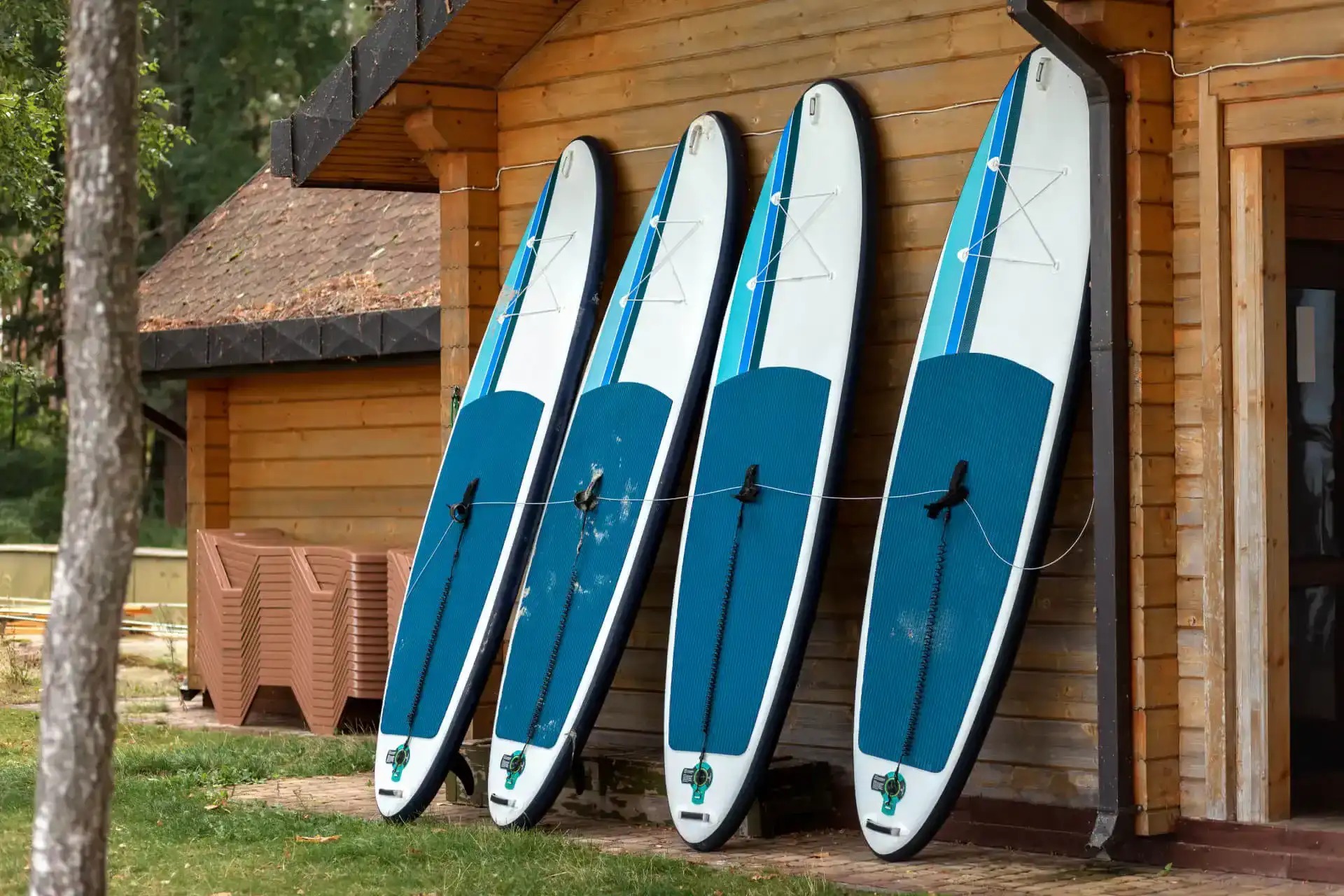As an entrepreneur and rental business owner, you’re always looking ahead to find growth opportunities. Of course, you’ve already worked out how to start a rental business, but now it’s time to work out how to scale it. Scaling is deliberate and thought-out long-term growth that puts you in control of how and when you grow your rental business.
To scale your business sustainably, you need to have a plan always at the front of your mind. You should also be prepared to handle any challenges you face during your growth. This will make the difference between a sudden spike in bookings and smooth growth over time combined with excellent customer service.
How do you know when you’re ready to grow?
Growing your rental business isn’t just about having the right plan; it’s about getting the timing right. For example, if you try to grow too quickly, you can encounter expenses that you can’t afford or employees that aren’t essential. On the other hand, you could find yourself unable to accommodate your customers’ bookings if you don’t scale linearly.
Therefore, you should only try to scale your rental business if you’re ready to handle the running of a more extensive operation. Often, scaling a business takes a lot more time, resources, and expertise than you have to be prepared to handle. It’s exciting to watch your rental business grow, but you have to keep a level head to maintain growth over the long term.
You can try asking yourself the following:
- Can you afford to invest in additional resources?
- Do you need more employees?
- Are you having trouble keeping up with bookings?
- Do you have space in your life to dedicate more time to your business?
- Are you ready to make strategic decisions?
- Would you benefit from outside help?
In addition, you need to think about the impact of growing your rental inventory, as it can become harder to manage and the risk of losing products is higher unless you use a system to manage it. This can be done with barcodes, QR tags and other methods of tracking your assets.
It can be exciting to think about growth, but it’s important to remember that some small businesses are intended to be just that. It’s okay to keep your side hustle separate from your full-time job. It comes down to your priorities in life, whether that’s personal, lifestyle, or financial.
Start your rental business for just 29/month
Put your toes in the water and test the demand in your area with a rental website for just 29/month.
Six steps to scale your rental business
There’s no set formula for scaling a rental business because each business and its founder has unique strengths and challenges. For example, scaling a bike rental business will look different from scaling an event rental business. However, there are some common strategies that you can consider to set you in the right direction.
1. Make a plan for growth
The first thing you need to scale your rental business sustainably is to create a business plan. This will help you to understand your business and what you need to work on to enable you to grow it. Of course, there are many ways to format your business plan, but it needs to answer the questions “where do we want to be?” and “ how do we get there?”
If done correctly, you should end up with a strategic marketing plan accompanied by a forecast of your future and an outline of your growth plans. Once you’ve nailed down where you want your business to be and how you will get there, you can use the following steps to create an actionable plan.
2. Evaluate your product sourcing
One of the most significant impacts in scaling up your rental business is a higher volume of bookings and, therefore, needing more stock to meet demands. This means quickly being able to add more stock to your inventory without breaking the bank. So, you need to evaluate where you get your supply from and if it is sustainable to source from as you grow.
For products that are cheaper and you rent out a lot of, you need a supplier located close to you to enable you to get new stock quickly. While for items that grow in demand, you need to ensure that your supplier can provide products within a reasonable time frame. This can be difficult in the case of cameras and other electronic equipment.
In addition, it can be good to think about sub-renting from other local rental businesses. By forming an agreement, you can essentially share their stock and ensure you always have products to hand in-case your bookings exceed your inventory’s capacity.
3. Hire strategically
Up until this moment, you may have run your business independently or with a couple of part-time employees. However, you need to be able to deal with a growth in bookings without placing too much strain on yourself. If you decide that you need to hire new staff, you need to determine where this person would be most effective.
For example, you may currently manage your marketing, customer service, and stock management yourself. In this case, it might be time to relieve yourself of one of these tasks to allow you to continue to focus on growth while still getting the work done. A critical strategic hire could mean the difference between growing sustainably and falling on your face.
4. Outsource to streamline
In some instances, it may not make sense to hire your employee, and outsourcing tasks can help streamline your rental business. For example, it can be difficult to effectively market your business while handling all the other day-to-day tasks. Hiring an agency to manage your marketing can be a great idea and will often cost less than taking on a new employee.
Marketing and website optimization can benefit most from outside help as they are time-consuming to keep up with and a challenge to master on your own. The time you would spend learning and deploying your marketing and website optimization can be better used in different aspects of your business. Plus, you won’t lose control as the agency will be working for you to meet your requirements.
5. Automate as much as possible
To save time and make scaling more accessible, you should use tools that automate aspects of your workflow. These can be simple fixes like adding a chatbot to your Facebook to handle straightforward customer inquiries so that you aren’t pulled away from work to answer them. This is not as scary as you might think, and customers are used to communicating with them.
A couple of examples are within Booqable, where assigning inventory and automatically sending out booking confirmations. These help you spend less time on admin and more time focussing on other aspects of running your business. These are just a couple of ways that Booqable helps streamline your workflow and reduce stress. In additon, online bookings allow you to automate the booking process, so you spend less time replying to emails and answering calls.
6. Seek new revenue opportunities
The goal of scaling is to increase revenue. While this can be achieved with marketing and other ways explained above, you can also use this time as an opportunity to seek new revenue-boosting opportunities. These could be anything from adding guided tours to your inventory to new products that compliment your existing rental business.
You can also think about opening a second location in another city or area. You have already worked out the formula for success in your current rental business, so it’s easy to duplicate in a another city. Of course, this requires significant investment but you can always start small and share the inventory with your current store.




